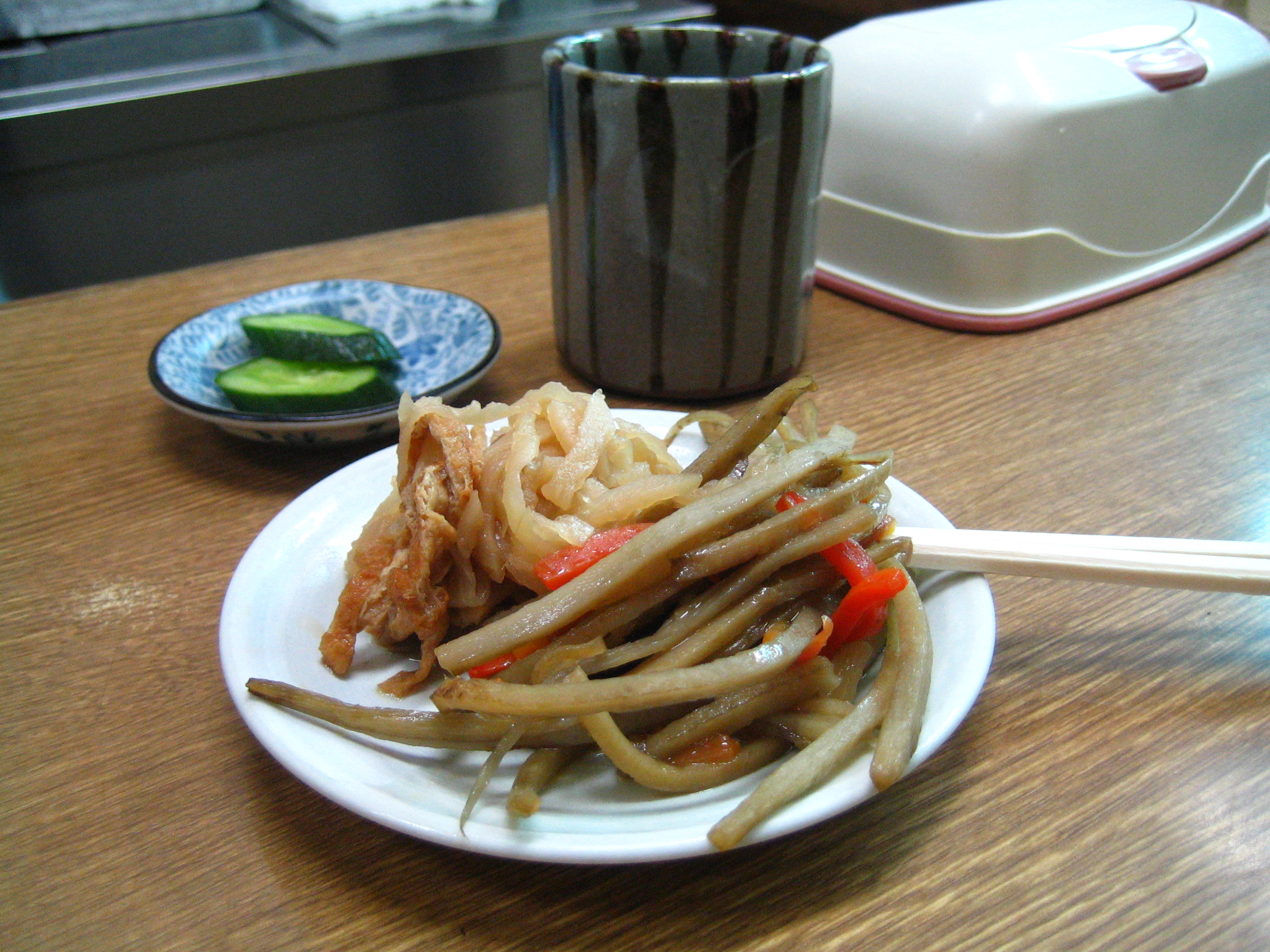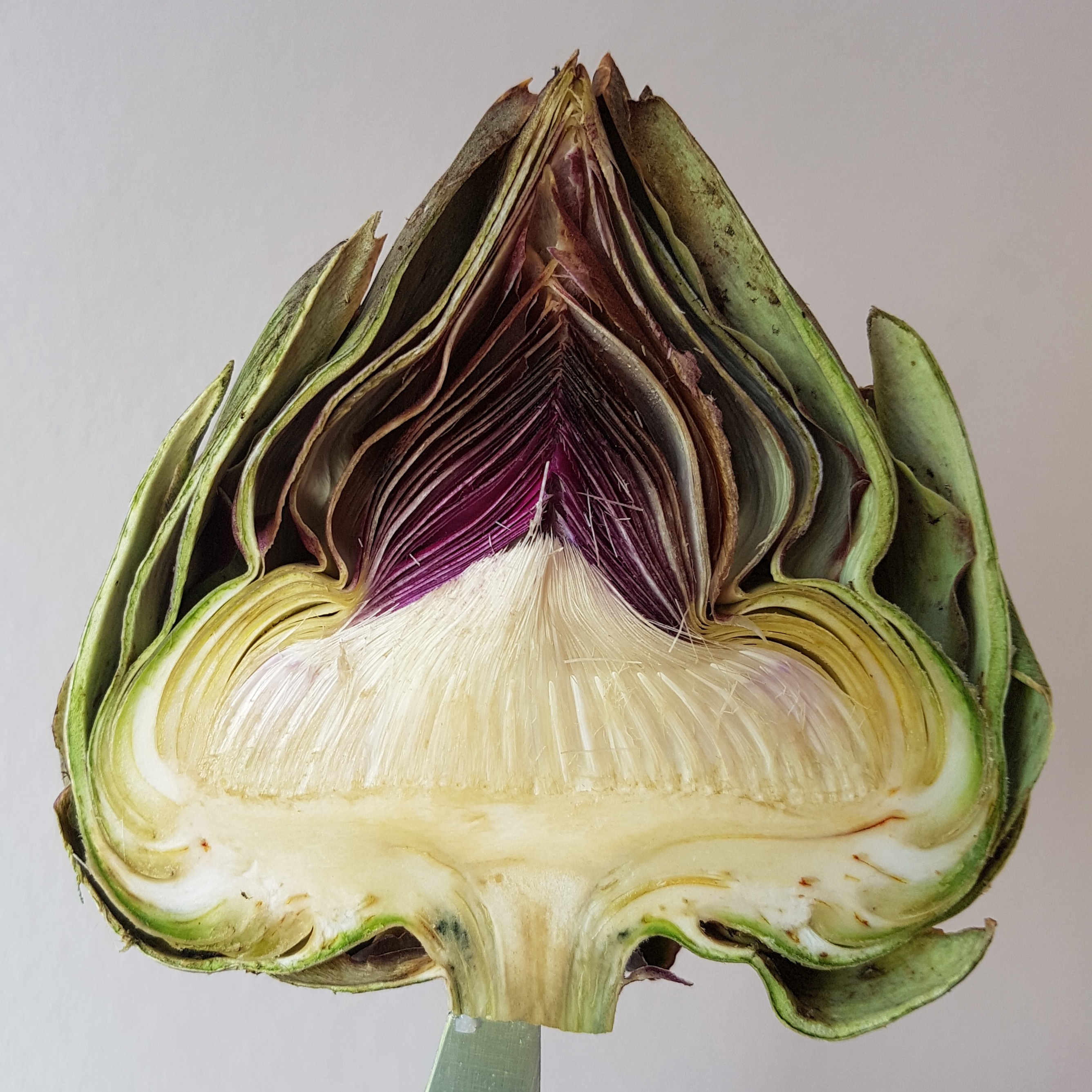|
Sesquiterpene Lactone
Sesquiterpene lactones (SLs) are a class of sesquiterpenoids that contain a lactone ring. They are most often found in plants of the family Asteraceae (daisies, asters). Other plant families with SLs are Umbelliferae (celery, parsley, carrots) and Magnoliaceae (magnolias). A collection of colorless, lipophilic solids, SLs are a rich source of drugs. They can be allergenic and toxic in grazing livestock causing severe neurological problems in horses. Some are also found in corals such as ''Maasella edwardsi''. Types Sesquiterpene lactones can be divided into several main classes including germacranolides, heliangolides, guaianolides, pseudoguaianolides, hypocretenolides, and eudesmanolides. Examples Artemisinin, a new, highly-effective anti- malarial compound, is a sesquiterpene lactone found in '' Artemisia annua''. Lactucin, desoxylactucin, lactucopicrin, lactucin-15-oxalate, lactucopicrin-15-oxalate are some of the most prominent found in lettuce and spina ... [...More Info...] [...Related Items...] OR: [Wikipedia] [Google] [Baidu] |
Sesquiterpenoid
Sesquiterpenes are a class of terpenes that consist of three isoprene units and often have the molecular formula C15H24. Like monoterpenes, sesquiterpenes may be cyclic or contain rings, including many unique combinations. Biochemical modifications such as oxidation or rearrangement produce the related sesquiterpenoids. Sesquiterpenes are found naturally in plants and insects, as semiochemicals, e.g. defensive agents or pheromones. Biosynthesis and examples The reaction of geranyl pyrophosphate with isopentenyl pyrophosphate results in the 15-carbon farnesyl pyrophosphate (FPP), which is an intermediate in the biosynthesis of sesquiterpenes such as farnesene. Cyclic sesquiterpenes are more common than cyclic monoterpenes because of the increased chain length and additional double bond in the sesquiterpene precursors. In addition to common six-membered ring systems such as the ones found in zingiberene and bisacurone, cyclization of one end of the chain to the other end can ... [...More Info...] [...Related Items...] OR: [Wikipedia] [Google] [Baidu] |
Lactucin
Lactucin is a bitter substance that forms a white crystalline solid and belongs to the group of sesquiterpene lactones. It is found in some varieties of lettuce and is an ingredient of lactucarium. It has been shown to have analgesic and sedative properties. It has also shown some antimalarial effects. It is also found in dandelion coffee. It acts as an adenosine receptor agonist. See also * Lactucopicrin Lactucopicrin (Intybin) is a bitter substance that has a sedative and analgesic effect, acting on the central nervous system. It is a sesquiterpene lactone, and is a component of lactucarium, derived from the plant '' Lactuca virosa'' (wild lettu ... References Sesquiterpene lactones Primary alcohols Secondary alcohols Enones Azulenofurans Cyclopentenes Lactones Vinylidene compounds {{ketone-stub ... [...More Info...] [...Related Items...] OR: [Wikipedia] [Google] [Baidu] |
Chrysanthemum
Chrysanthemums (), sometimes called mums or chrysanths, are flowering plants of the genus ''Chrysanthemum'' in the family Asteraceae. They are native to East Asia and northeastern Europe. Most species originate from East Asia and the center of diversity is in China.Liu, P. L., et al. (2012)Phylogeny of the genus ''Chrysanthemum'' L.: Evidence from single-copy nuclear gene and chloroplast DNA sequences.''PLOS One'' 7(11), e48970. . Countless horticultural varieties and cultivars exist. Description The genus ''Chrysanthemum'' are perennial herbaceous flowering plants, sometimes subshrubs. The leaves are alternate, divided into leaflets and may be pinnatisect, lobed, or serrate (toothed) but rarely entire. The compound inflorescence is an array of several flower heads, or sometimes a solitary head. The head has a base covered in layers of phyllaries. The simple row of ray florets is white, yellow, or red. The disc florets are yellow. Pollen grains are approximately 34 ... [...More Info...] [...Related Items...] OR: [Wikipedia] [Google] [Baidu] |
Chamomile
Chamomile (American English) or camomile (British English; see spelling differences) ( or ) is the common name for several plants of the family Asteraceae. Two of the species, '' Matricaria recutita'' and '' Anthemis nobilis'', are commonly used to make herbal infusions for beverages. There is insufficient scientific evidence that consuming chamomile in foods or beverages has any beneficial effects on health. Etymology The word ''chamomile'' is derived via the French and Latin, from the Greek grc, χαμαίμηλον, khamaimēlon, earth apple, label=none, from grc, χαμαί, khamai, on the ground, label=none, and grc, μῆλον, mēlon, apple, label=none. First used in the 13th century, the spelling ''chamomile'' corresponds to the Latin and the Greek . The spelling ''camomile'' is a British derivation from the French. Species Some commonly used species include: * ''Matricaria chamomilla'' – often called "German chamomile" or "Water of Youth" * '' Chamaemelu ... [...More Info...] [...Related Items...] OR: [Wikipedia] [Google] [Baidu] |
Calea Ternifolia
''Calea ternifolia'' (syn. ''Calea zacatechichi'') is a species of flowering plant in the aster family, Asteraceae. It is native to Mexico and Central America. Its English language common names include bitter-grass, Mexican calea, and dream herb.Simonienko, K., et al. (2013)Psychoactive plant species – actual list of plants prohibited in Poland.''Psychiatria Polska'' XLVII(3), 499–508. It is used in traditional medicine and ritual in its native range.Ferraz, A., et al. (2009)Pharmacological and genotoxic evaluation of ''Calea clematidea'' and ''Calea uniflora''.''Latin American Journal of Pharmacy'' 28(6), 858-6/ref> Uses In Mexico the plant is used as an herbalism, herbal remedy for dysentery and fever. The Zoque Popoluca people call the plant ''tam huñi'' ("bitter gum") and use it to treat diarrhea and asthma, and the Mixe people know it as ''poop taam ujts'' ("white bitter herb") and use it for stomachache and fever. The Chontal people of Oaxaca reportedly use the ... [...More Info...] [...Related Items...] OR: [Wikipedia] [Google] [Baidu] |
Burdock
''Arctium'' is a genus of biennial plants commonly known as burdock, family Asteraceae. Native to Europe and Asia, several species have been widely introduced worldwide. Burdock's clinging properties, in addition to providing an excellent mechanism for seed dispersal, led to the invention of the hook and loop fastener. Description Plants of the genus ''Arctium'' have dark green leaves that can grow up to long. They are generally large, coarse and ovate, with the lower ones being heart-shaped. They are woolly underneath. The leafstalks are generally hollow. ''Arctium'' species generally flower from July through to October. Burdock flowers provide essential pollen and nectar for honeybees around August when clover is on the wane and before the goldenrod starts to bloom. Burdock's clinging properties provides it an excellent mechanism for seed dispersal. Taxonomy A large number of species have been placed in genus ''Arctium'' at one time or another, but most of them are now ... [...More Info...] [...Related Items...] OR: [Wikipedia] [Google] [Baidu] |
Eupatorium Perfoliatum
''Eupatorium perfoliatum'', known as common boneset or just boneset, is a North American perennial plant in the family Asteraceae. It is a common native to the Eastern United States and Canada, widespread from Nova Scotia to Florida, west as far as Texas, Nebraska, the Dakotas, and Manitoba. It is also called agueweed, feverwort, or sweating-plant. It was introduced to American colonists by natives who used the plant for breaking fevers by means of heavy sweating. It is nearly always found in low, wet areas. Description ''Eupatorium perfoliatum'' grows up to tall, with opposite, serrate leaves that clasp the stems. The stem is hairy. The plant produces dense clusters of tiny white flower heads held above the foliage. In Illinois, the plant blooms during late summer and early fall. ''Eupatorium perfoliatum'' can form hybrids with other species of the genus ''Eupatorium'', for example '' Eupatorium serotinum''. Phytochemistry and safety ''Eupatorium perfoliatum'' leaves and ... [...More Info...] [...Related Items...] OR: [Wikipedia] [Google] [Baidu] |
Artichoke
The globe artichoke ('' Cynara cardunculus'' var. ''scolymus'' ),Rottenberg, A., and D. Zohary, 1996: "The wild ancestry of the cultivated artichoke." Genet. Res. Crop Evol. 43, 53–58. also known by the names French artichoke and green artichoke in the U.S., is a variety of a species of thistle cultivated as food. The edible portion of the plant consists of the flower buds before the flowers come into bloom. The budding artichoke flower-head is a cluster of many budding small flowers (an inflorescence), together with many bracts, on an edible base. Once the buds bloom, the structure changes to a coarse, barely edible form. Another variety of the same species is the cardoon, a perennial plant native to the Mediterranean region. Both wild forms and cultivated varieties (cultivars) exist. Description This vegetable grows to tall, with arching, deeply lobed, silvery, glaucous-green leaves long. The flowers develop in a large head from an edible bud about diameter with ... [...More Info...] [...Related Items...] OR: [Wikipedia] [Google] [Baidu] |
Vernolic Acid
Vernolic acid (leukotoxin) is a long chain fatty acid that is monounsaturated and contains an epoxide. It is the R,R-''cis'' epoxide derived from the C12–C13 alkene of linoleic acid. Vernolic acid was first definitively characterized in 1954. It is a major component in vernonia oil, which is produced in abundance by the genera Vernonia and Euphorbia and is a potentially useful biofeedstock. Occurrence Vernonia oil is extracted from the seeds of the ''Vernonia galamensis'' (ironweed), a plant native to eastern Africa. The seeds contain about 40 to 42% oil of which 73 to 80% is vernolic acid. The best varieties of ''V. anthelmintica'' contain about 30% less vernolic acid. Vernolic acid is not commonly found in plants in significant quantities, but some plants which do contain it are ''Vernonia'', '' Stokesia'', ''Crepis'' (from the daisy family), and ''Euphorbia lagascae'' and '' Bernardia pulchella'' from the Euphorbiaceae. Potential applications Vernonia oil has been prop ... [...More Info...] [...Related Items...] OR: [Wikipedia] [Google] [Baidu] |
Spinach
Spinach (''Spinacia oleracea'') is a leafy green flowering plant native to central and western Asia. It is of the order Caryophyllales, family Amaranthaceae, subfamily Chenopodioideae. Its leaves are a common edible vegetable consumed either fresh, or after storage using preservation techniques by canning, freezing, or dehydration. It may be eaten cooked or raw, and the taste differs considerably; the high oxalate content may be reduced by steaming. It is an annual plant (rarely biennial), growing as tall as . Spinach may overwinter in temperate regions. The leaves are alternate, simple, ovate to triangular, and very variable in size: long and broad, with larger leaves at the base of the plant and small leaves higher on the flowering stem. The flowers are inconspicuous, yellow-green, in diameter, and mature into a small, hard, dry, lumpy fruit cluster across containing several seeds. In 2018, world production of spinach was 26.3 million tonnes, with China al ... [...More Info...] [...Related Items...] OR: [Wikipedia] [Google] [Baidu] |
Lettuce
Lettuce (''Lactuca sativa'') is an annual plant of the family Asteraceae. It is most often grown as a leaf vegetable, but sometimes for its stem and seeds. Lettuce is most often used for salads, although it is also seen in other kinds of food, such as soups, sandwiches and wraps; it can also be grilled. One variety, celtuce (asparagus lettuce), is grown for its stems, which are eaten either raw or cooked. In addition to its main use as a leafy green, it has also gathered religious and medicinal significance over centuries of human consumption. Europe and North America originally dominated the market for lettuce, but by the late 20th century the consumption of lettuce had spread throughout the world. , world production of lettuce and chicory was 27 million tonnes, 56percent of which came from China. Lettuce was originally farmed by the ancient Egyptians, who transformed it from a plant whose seeds were used to obtain oil into an important food crop raised for its succulent ... [...More Info...] [...Related Items...] OR: [Wikipedia] [Google] [Baidu] |


_Dream_Herb.jpg)



